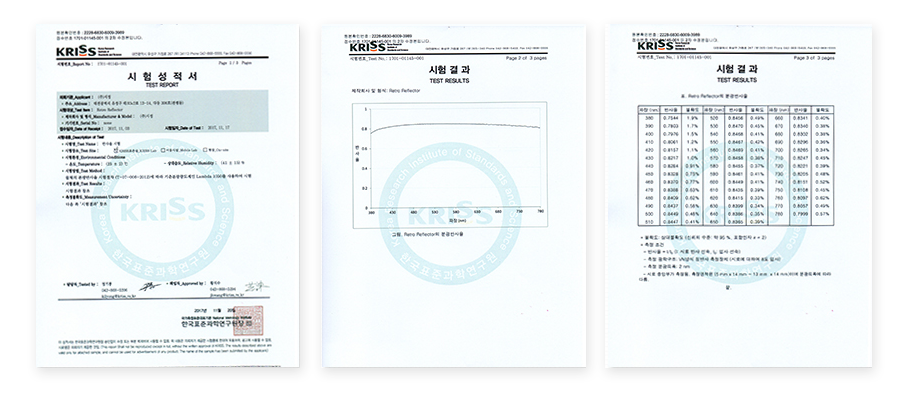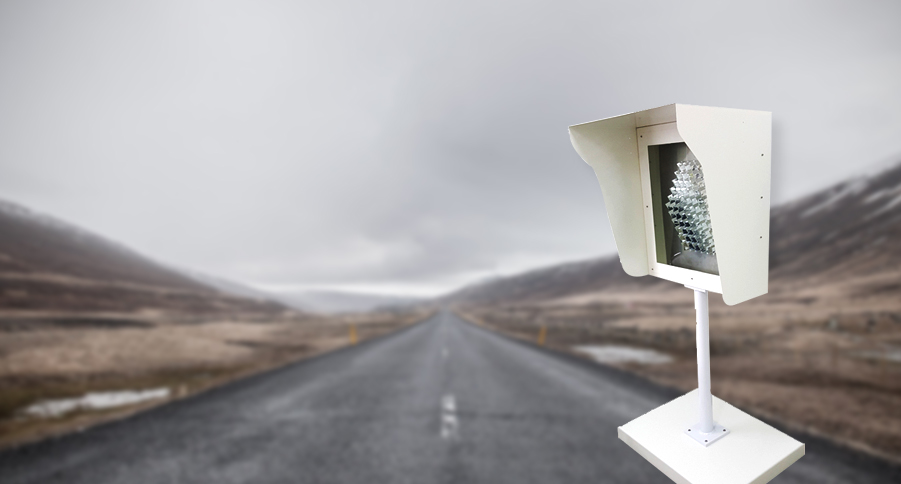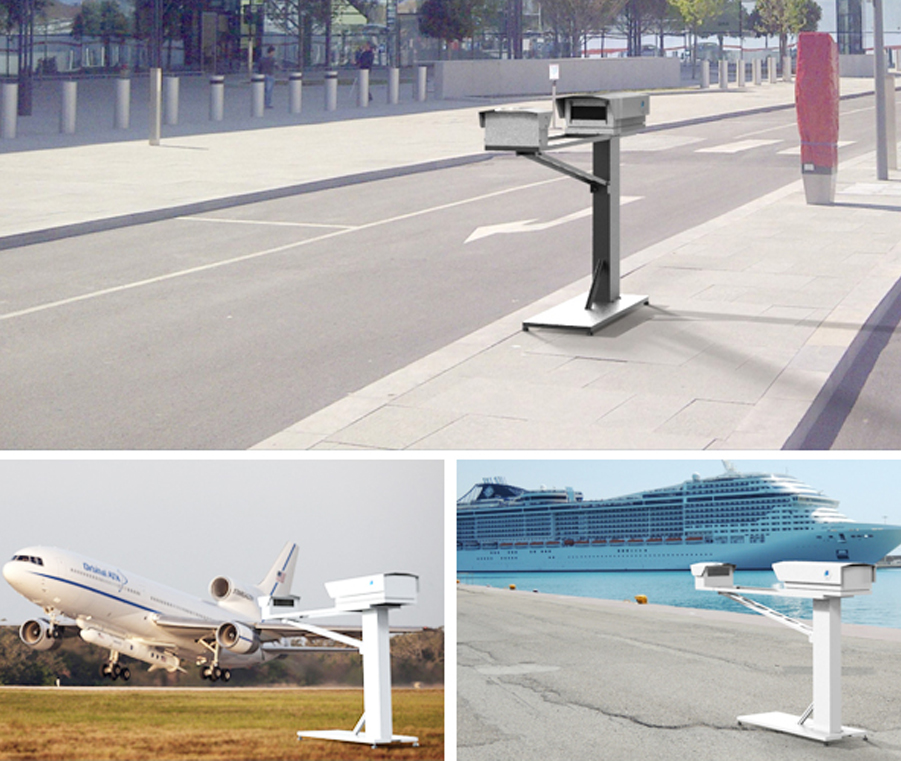JS-01
JS-01 소개
Public data collection and usage, AI-powered precise data creation
Sijung RETRO REFLECTOR

The existing RETRO REFLECTORs are very costly as they are manually manufactured by coating gold, silver, and aluminum on the glass surface. However, we have the technology of vacuum metalizing with aluminium after injection molding ABS material.

RETRO REFLECTOR
- A retroreflector is a device that reflects radiation off the surface back to its light source. Retroreflection is the phenomenon of light rays from any angles striking retroreflective materials and being directed back to the source of light.
- When headlights or flashlights shine on a retroreflector, all reflected light would be returned directly back to its source allowing people to see clearly.
Optical Visibility Meter - Light Transmittance Method
The light emitted from its source passes through the atmosphere along optical paths between the light source and the detector. The intensity of the initial light source changes due to the light-absorbing and light-scattering materials (fog, fine dust, harmful gases, etc) that exist in the path. The changed intensity is identified by a photodetector, which is used to calculate visible distance by applying the Beer-Lambert law.
JS-01
The light-receiving and light-emitting parts are integrated and the reflectors are placed 50m to 100m apart.

JS-01
- The device with reflectors has twice the separation distance as the one with general light transmittance. It is also beneficial that electrical and communication cables are not required at reflector areas.
JS-03
The intention is to develop a visible distance measuring system that improves the accuracy by 40 percent compared to the existing ones while requiring simple installation and minimized installation area.
*Sijung obtained the patent of 'integrated multi-wavelength remote visibility measuring instrument' from Korea Research Institute of Standards and Science (KRISS) and was certified as a research institute in Daedeok Innopolis, Korea (Application No. 10-2016-0129455).
-
LPOC (Long Path Open Cell) technology
-
Light Transmittance Method
-
530nm LED Light Source

JS-03
-
LPOC (Long Path Open Cell) technology
The optical path is extended by multiple reflecting mirrors so that the optical path of the incident light is reflected and extended. The extended optical path of the incident light allows increased contacts with the atmosphere and gases, which, in turn, enables the spectral distribution of the incident light and the emitted light to be precisely detected. -
Light Transmittance method
The light emitted from its source passes through the atmosphere along optical paths between the light source and the detector. The intensity of the initial light source changes due to the light-absorbing and light-scattering materials (fog, fine dust, harmful gases, etc) that exist in the path. The changed intensity is identified by a photodetector, which is used to calculate visible distance by applying the Beer-Lambert law. -
530nm LED Light Source
The human eye is most sensitive to the green light spectrum. Its wavelength appears brighter than other colors for the same wattage, which makes it particularly useful as a pointer and for measurement technology application. It is also easier and more effective to maintain than other wavelengths of color in visible light region.
Image visibility meter
Development of weather measurement algorithm using labeled image data
01
Refine data set
- Its validation system is to correct learning set and to remove variations and labeling errors.
- It builds 100 percent valid training set and aims to get excellent results from arbitrary data in various environments based on the validated learning set.
Ultimately, it yields excellent results in fault tolerance measurement and accuracy.
02
Redesign CNN training algorithm

- With image enhancement technique, it improves the learning flexibility and speed of queuing and data set balancing algorithms.
- The redesigned algorithm processes simple vector values as input ones by simplifying the complex input system of the existing CNN learning algorithm.
03
Perform hyper parameter tweaking

- It optimizes the model formats so as to advance learning model and secure reliability (low memory consumption, fast inference, etc).
- The optimization is achieved by developing parameter setting algorithms to minimize learning complexity and retain fast learning and inference.
04
Compare results, Optimize format
- The optimized format enables the server to support artificial intelligence engine (Tensorflow) web service for Native Tensorflow.
- The optimized format is developed to enable only a single variable to proceed learning by minimizing the complexity of multidimensional input values in Tensorflow.

05
Implement FT based version

- It is intended to experiment frequency-based CNN model focused on regression analysis instead of classifier-based CNN (generating continuous visibility values instead of discrete classes).
- The algorithm is developed to proceed learning in the cost optimizing stage by adopting Regression algorithm to CNN.
06
Implement DCP based verstion
- It is developed by applying a Fourier transformation-based image processing algorithm. The algorithm can predict the amount of sunlight regardless of the data contrast based on the darkness information of surrounding environments and among constituent pixels.

TOP



